
The Feudal System in Medieval Europe
History of the Feudal System during Medieval Europe, its tiered organization, functions, and enduring effects on society. Learn about the origins, vassalage, and the lives of serfs and nobles in this unique societal framework
The Feudal System in Medieval Europe: Understanding Its Structure and Impact
The Feudal System in Medieval Europe was more than a system of governance—it was a way of life. Feudalism, which lasted for several centuries, influenced the social, political, and economic structures of the Middle Ages. Born out of necessity in a time of instability, the system profoundly influenced European history and left a legacy that resonates even today.
Origins of the Feudal System
Feudalism originated from the fall of the Roman Empire in the 5th century CE. As centralized control crumbled, local leaders stepped in to provide protection and governance. The constant threat of invasions by groups such as the Vikings, Magyars, and Saracens emphasized the need for a system that could ensure security and manage resources effectively.
Feudalism evolved as a response to these challenges. Land became the currency of power, and those who controlled land were in positions of influence. This decentralization of authority led to the establishment of the feudal system, where mutual obligations between lords and vassals ensured order.
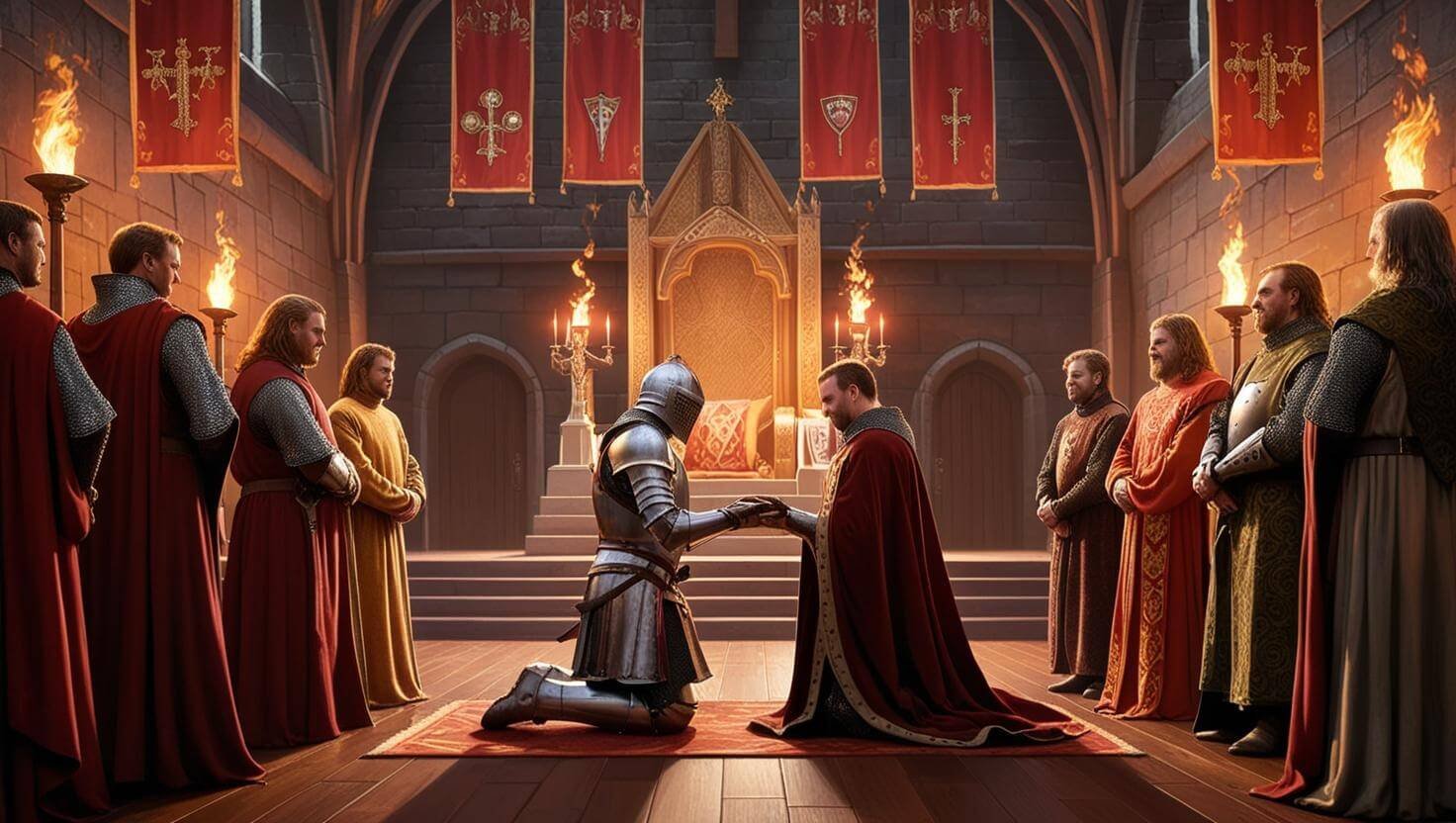
Structure of the Feudal System
At its core, the feudal hierarchy in the Middle Ages was a pyramid of interdependence. The king stood at the top, delegating vast tracts of land (known as fiefs) to powerful nobles and lords. These nobles, in turn, distributed smaller parcels to knights and vassals, who pledged loyalty and service.
- The King: The king was the supreme ruler, controlling large territories. However, the king’s power was often limited by the autonomy of powerful nobles.
- Nobles and Lords: Nobles governed their estates, collected taxes, and maintained armies. Their loyalty to the king was essential for the kingdom’s stability.
- Knights: These warriors provided military service and were the backbone of feudal defense. Knights upheld the chivalric code, emphasizing honor and loyalty.
- Peasants and Serfs: Located at the lowest level of the hierarchy, peasants labored on the land to generate food and products. Serfs, bound to the land, had limited freedom but were guaranteed protection.
This feudal society structure created a network of obligations, where each class depended on the others for survival and security.
Manorial System: The Economic Backbone
Closely tied to feudalism was the Manorial System in Medieval Europe. The manor was a self-sufficient economic unit where lords and peasants coexisted. The lord’s estate included farmland, forests, and often a village, where peasants and serfs lived and worked.
Daily Life on a Manor:
- Lords managed the estate and provided justice in manorial courts.
- Peasants tilled the soil, raised livestock, and crafted essential goods.
- Serfs, while not slaves, were tied to the land and required to give a portion of their produce to the lord.
The manorial system ensured economic stability during a time when trade was limited and external threats loomed large.
Learn More About Microplastic Pollution Solutions: Revolutionizing Clean Ocean
Galaxies Mystery
Galaxies are among the universe’s most mysterious and awe-inspiring structures, home to billions of stars, planets, and other celestial objects. One of the greatest enigmas is the presence of dark matter, an invisible substance that holds galaxies together through its gravitational pull. Within their cores, supermassive black holes lurk, consuming matter and emitting powerful jets of energy, shaping the galaxy’s evolution. Some galaxies defy explanation, such as those with almost no dark matter or stars moving at unimaginable speeds. Others, like quasars, shine with incredible luminosity, powered by ancient black holes. Galaxies are not only cosmic wonders but also hold the secrets to understanding the universe’s past, present, and future.
The Role of Vassalage and Serfdom
Central to the feudal system was the concept of vassalage. A vassal pledged loyalty to a lord, offering military service, counsel, and occasionally financial aid. In return, the lord provided protection, land, and a place within the feudal hierarchy.
While vassals enjoyed certain privileges, serfs bore the brunt of labor. Serfdom, though restrictive, provided peasants with protection and stability. However, the lack of mobility and personal freedom made life challenging for those at the bottom.
Long-Term Impact of Feudalism
The impact of feudalism on Medieval European society was immense. It provided:
- Political Stability: The system allowed localized governance, reducing the chaos of external invasions.
- Economic Development: Innovations like the three-field crop rotation system flourished within the manorial framework.
- Cultural Contributions: The system supported knights and the chivalric tradition, which influenced medieval literature and values.
However, feudalism also had its drawbacks. It entrenched social inequality, leaving little opportunity for upward mobility. Over time, the system’s rigidity became a hindrance to progress.
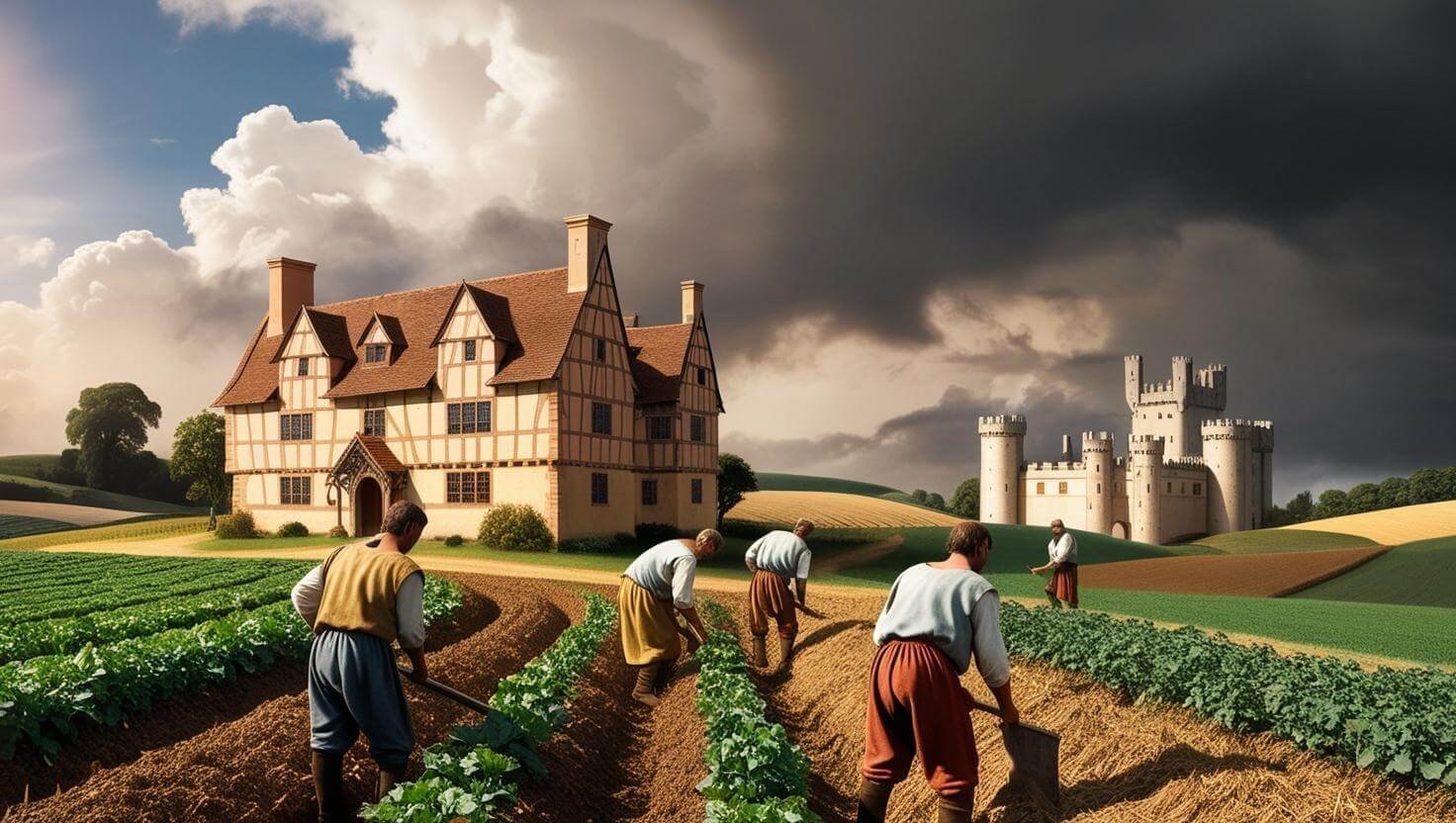
The Decline of Feudalism
The origins and decline of feudalism in Europe are equally fascinating. By the 14th century, several factors contributed to its demise:
- The Black Death: The plague reduced the labor force, empowering peasants to demand better conditions.
- Rise of Towns: Urban centers became hubs of trade and innovation, reducing reliance on manorial estates.
- Centralized Monarchies: Kings began consolidating power, weakening the influence of feudal lords.
These changes marked the transition from a feudal society to a more modern state system.
Why Feudalism Matters Today
Understanding the feudal system in Medieval Europe is essential for grasping the foundations of modern governance, economics, and social hierarchies. The remnants of feudalism are evident in property laws, class systems, and even cultural traditions.
The roles within the feudal system highlight the importance of interdependence in any societal framework. While feudalism is a relic of the past, its lessons about loyalty, duty, and power distribution remain relevant.
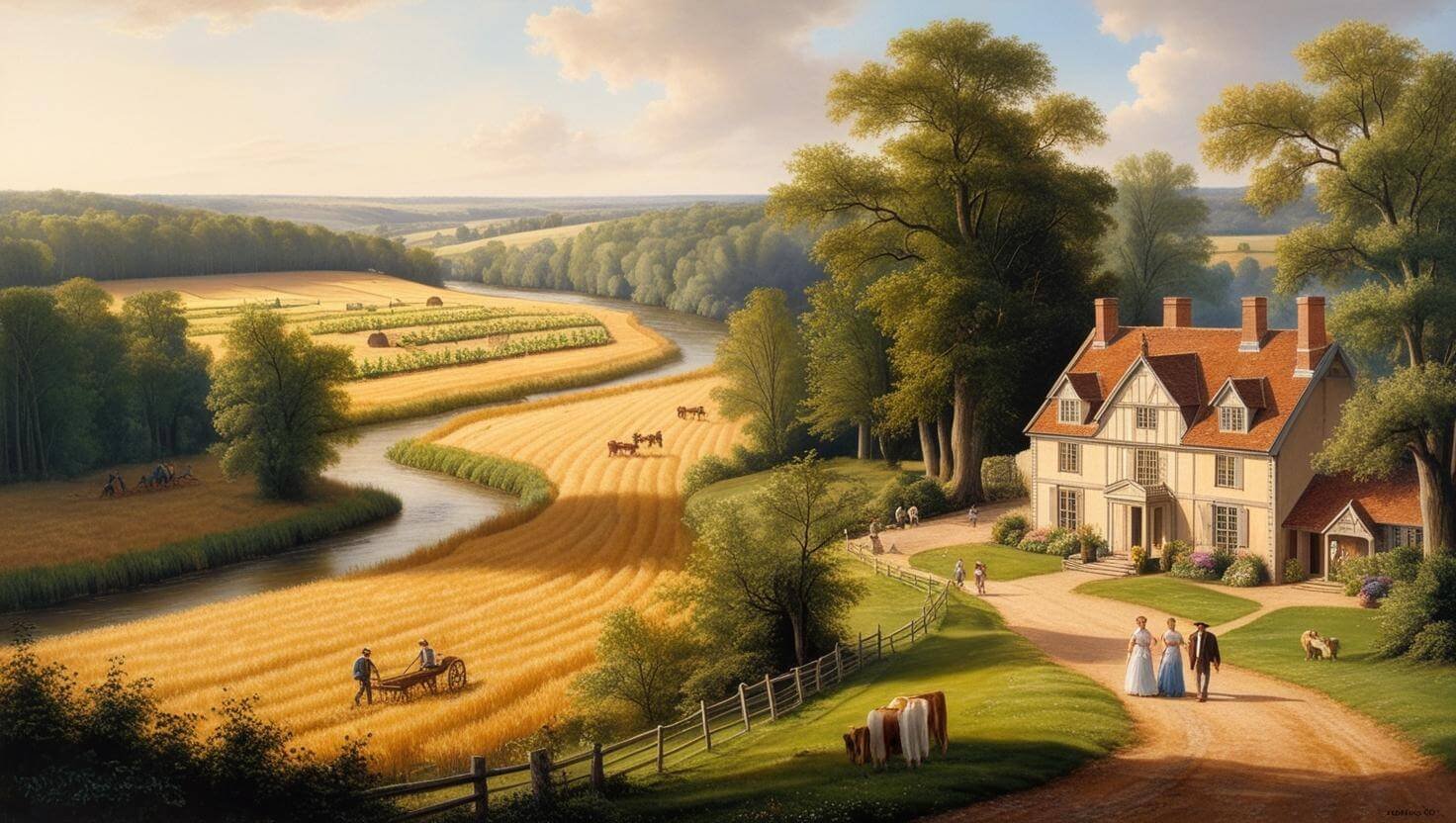
Conclusion
The Feudal System in Medieval Europe was a complex and interdependent framework that shaped the Middle Ages. From the manorial system to the intricate relationships of vassalage and serfdom, feudalism offers valuable insights into human history. Its legacy, though centuries old, continues to inform our understanding of social and political organization.


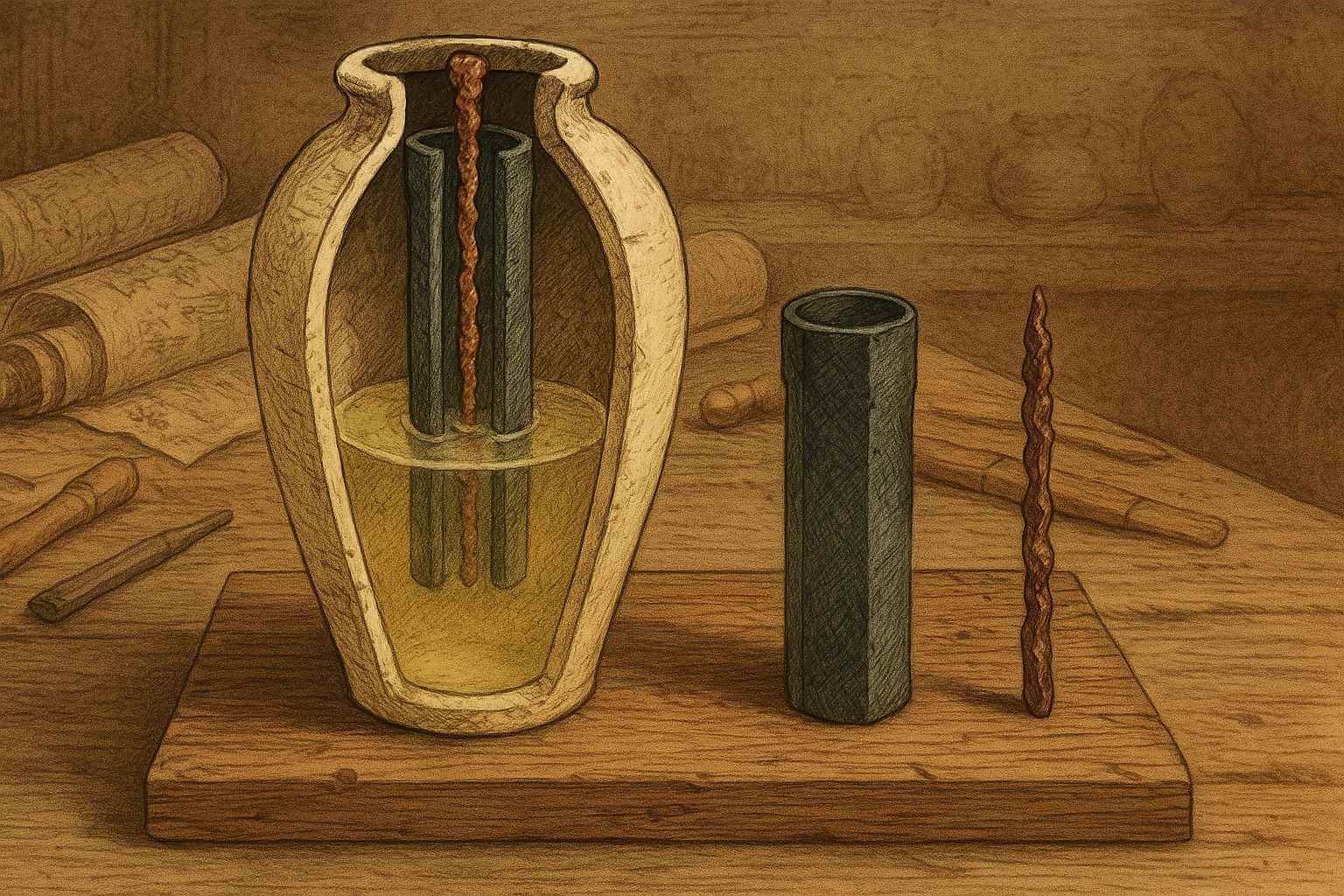

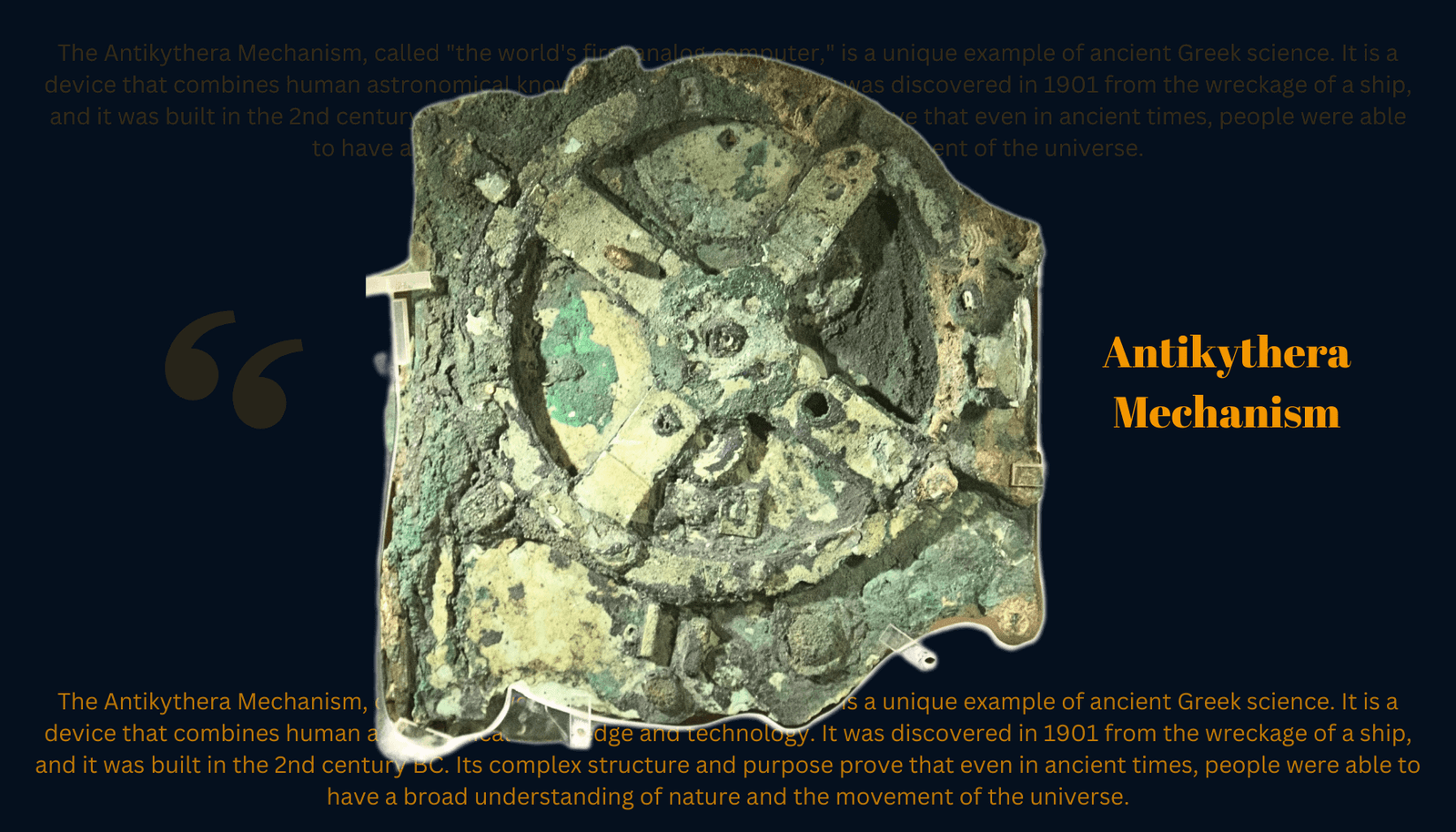


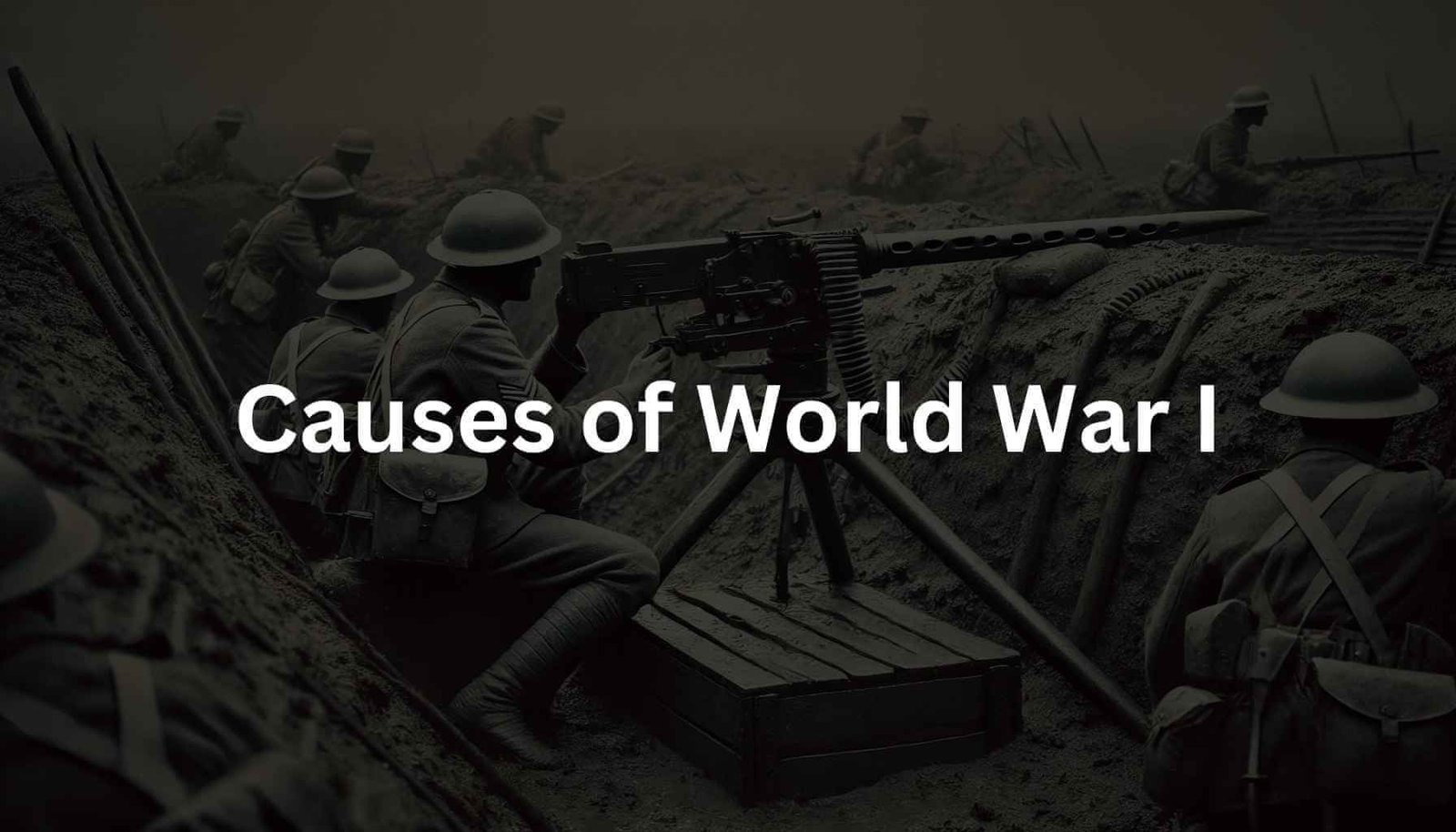
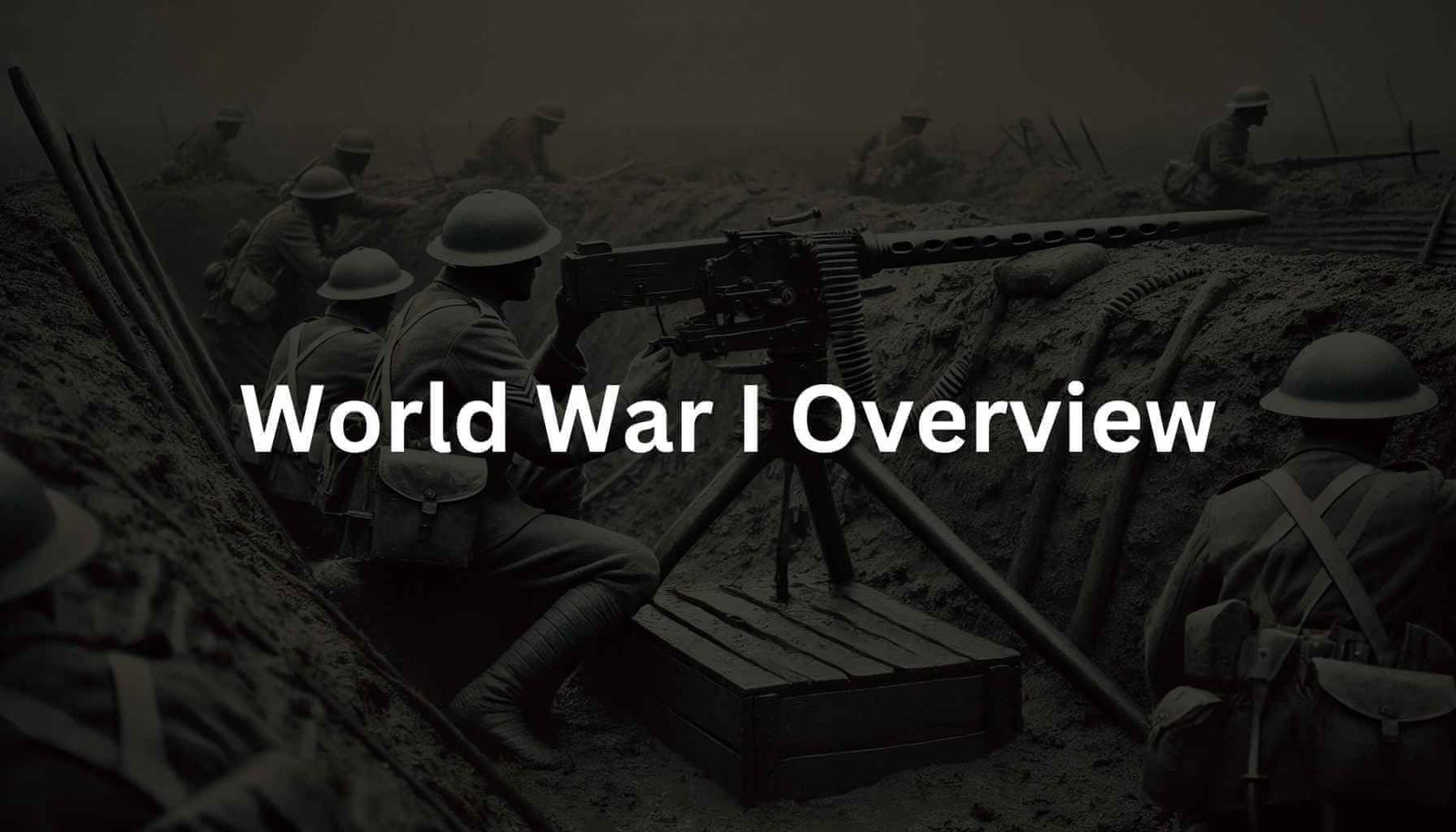

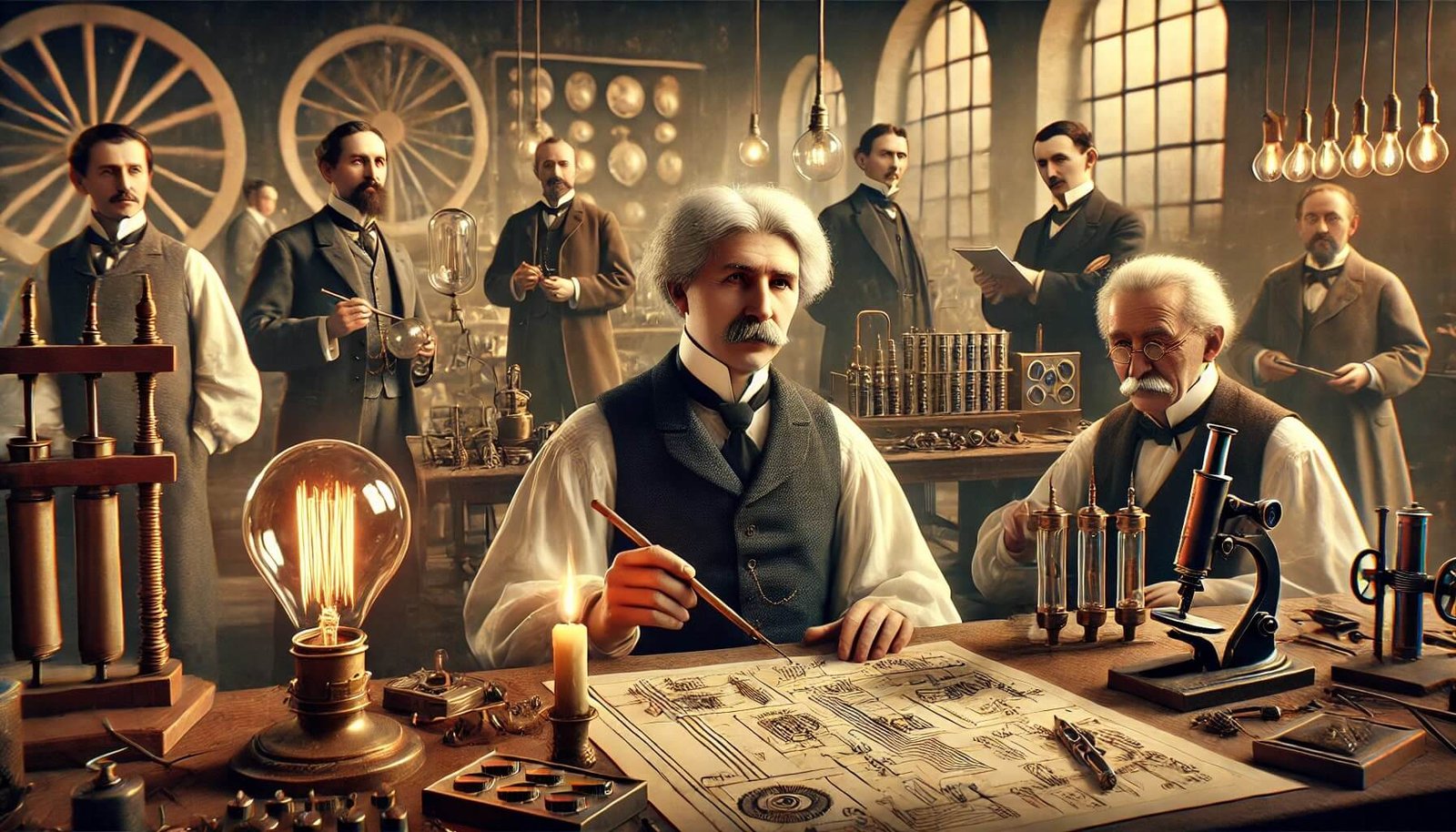


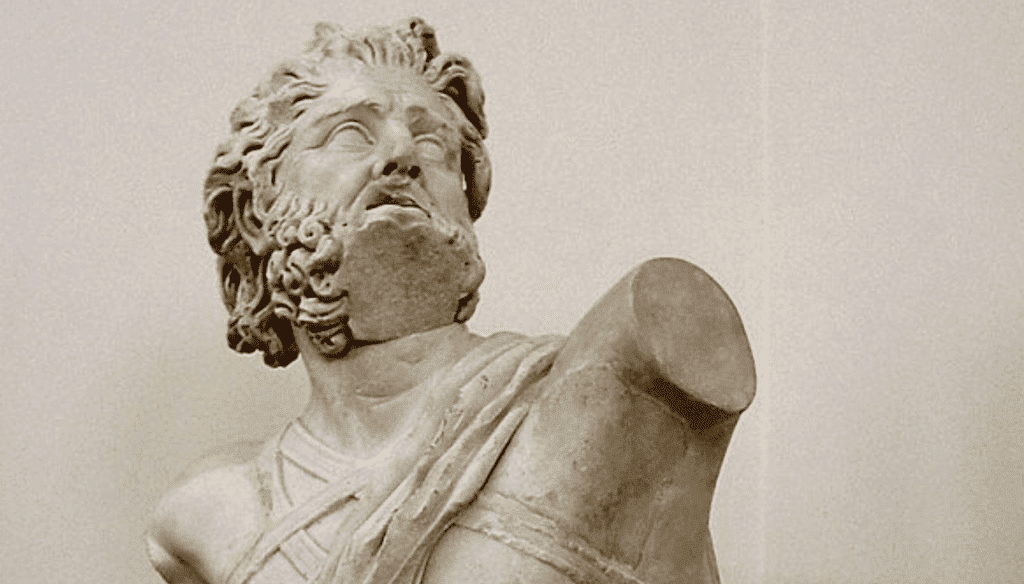
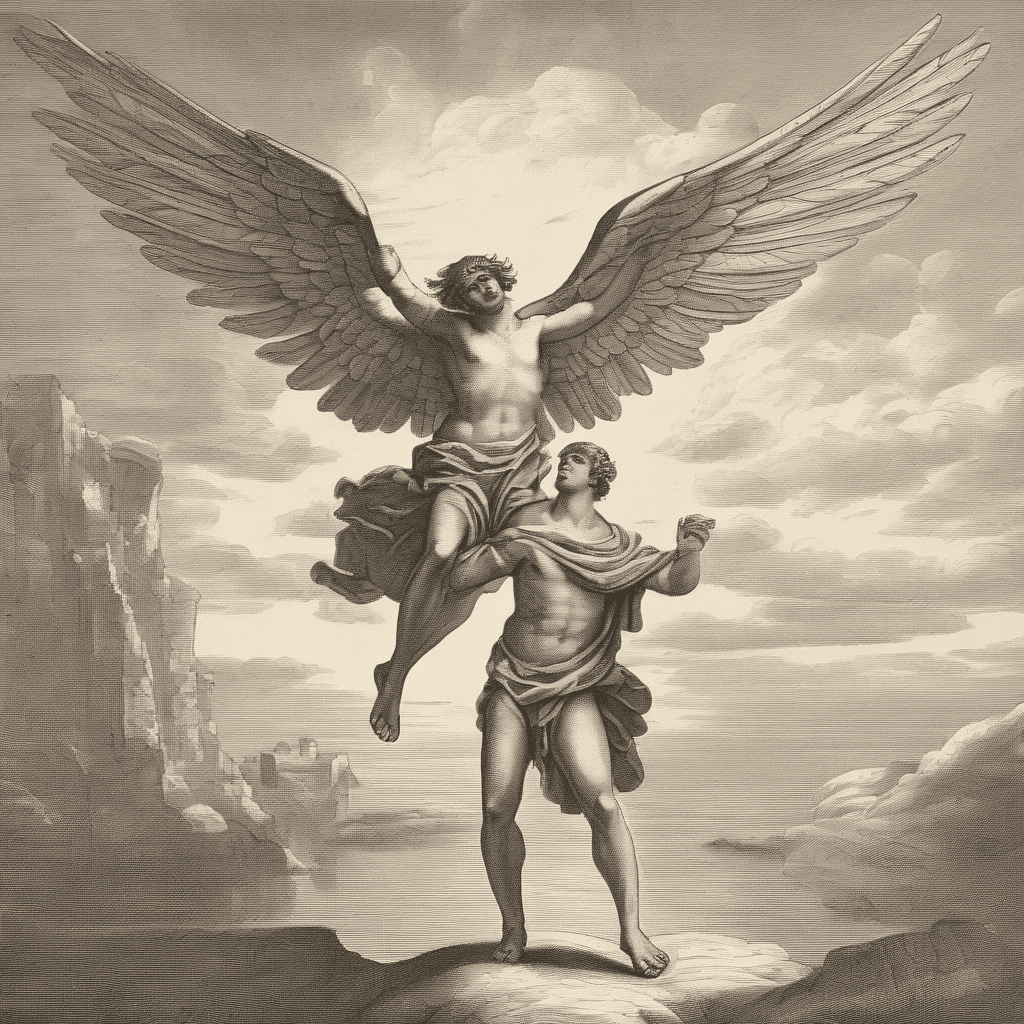
Outstanding perspective! The Sprunki Retake platform redefines creativity. Sprunki Retake offers unprecedented freedom in musical expression. I’m amazed by how Sprunki Retake makes complex composition accessible.